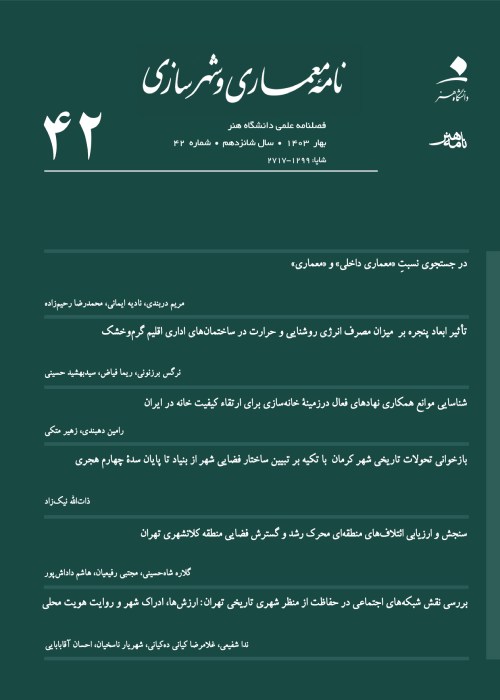An Analysis of the Notion of Public Interest in planning through a Cartographic Methodology of TracingA Land-Use Conversion Plan in Chamestan as a Case Study
The notion of public interest has had a critical role in planning thought and practice. It has identified and legitimated planning as a discipline and a profession. However, it is an ambiguous and vague concept at the same time, and there have been countless debates on its nature and definition. Various experimental and concrete analyses of the planning practices have demonstrated a gap between what is theoretically defined as public interest and what comes to actualize in practice. This gap is a crucial reason for the de-legitimization of contemporary planning. Accordingly, the role of government and the planning system as the representative and advocates of the public has increasingly been questioned. Such criticisms aim to raise the awareness of planners about the claimed public interest and their role in the maintenance of power relations, pretending to support the public interest. And such self-awareness is a prerequisite for any ontological transformation in planning and its so-called public interest. In Iran, planning has emerged in an entirely different context from democratic countries. Consequently, it is even more complicated to reflect on the public interest as the final cause for planning. In this context, one possible way to increase the self-awareness of planners is to reflect on what has happened in reality. This article aims to uncover the planning reality in Iran and its relation to the notion of public interest. Thereby, it focuses on a land-use conversion plan in Chamestan through a cartographic methodology of tracing. It is a methodology based on Deleuzian pragmatics and Foucauldian genealogy, developed by Jean Hillier in planning. Using this analytical framework, this article addresses three questions: which assemblages have emerged, and how have they come into being? What relations (games of power, knowledge, and subjectivation) have existed between which actants? And which assemblage has served constituent power, and which one has increased the potential of constitutive power? The results of this research show there have emerged three assemblages with shared interest during the process of this plan. To advocate its position and justification, each assemblage uses its formal and informal authority and power (such as the power to issue permission for land use conversion, voting right, money, and so on), produces new knowledge and technical documents (such as feasibility plan, or environmental impact assessment plan and so on), and subjectivizes both themselves (as the advocate of the public, the experts, and so on) and the other actant (as the bothersome, the squatter, the populist). These relations in and between the assemblages imply that what determined the final decision in this process has not been the public interest but the games of power by the assemblages, who were advocating their individual or organizational interests. However, there is a trace of constitutive and destabilizing forces in this planning process, including the actants who escape the apparatuses of capture and do not obey the rules of the formal planning system.
- حق عضویت دریافتی صرف حمایت از نشریات عضو و نگهداری، تکمیل و توسعه مگیران میشود.
- پرداخت حق اشتراک و دانلود مقالات اجازه بازنشر آن در سایر رسانههای چاپی و دیجیتال را به کاربر نمیدهد.



